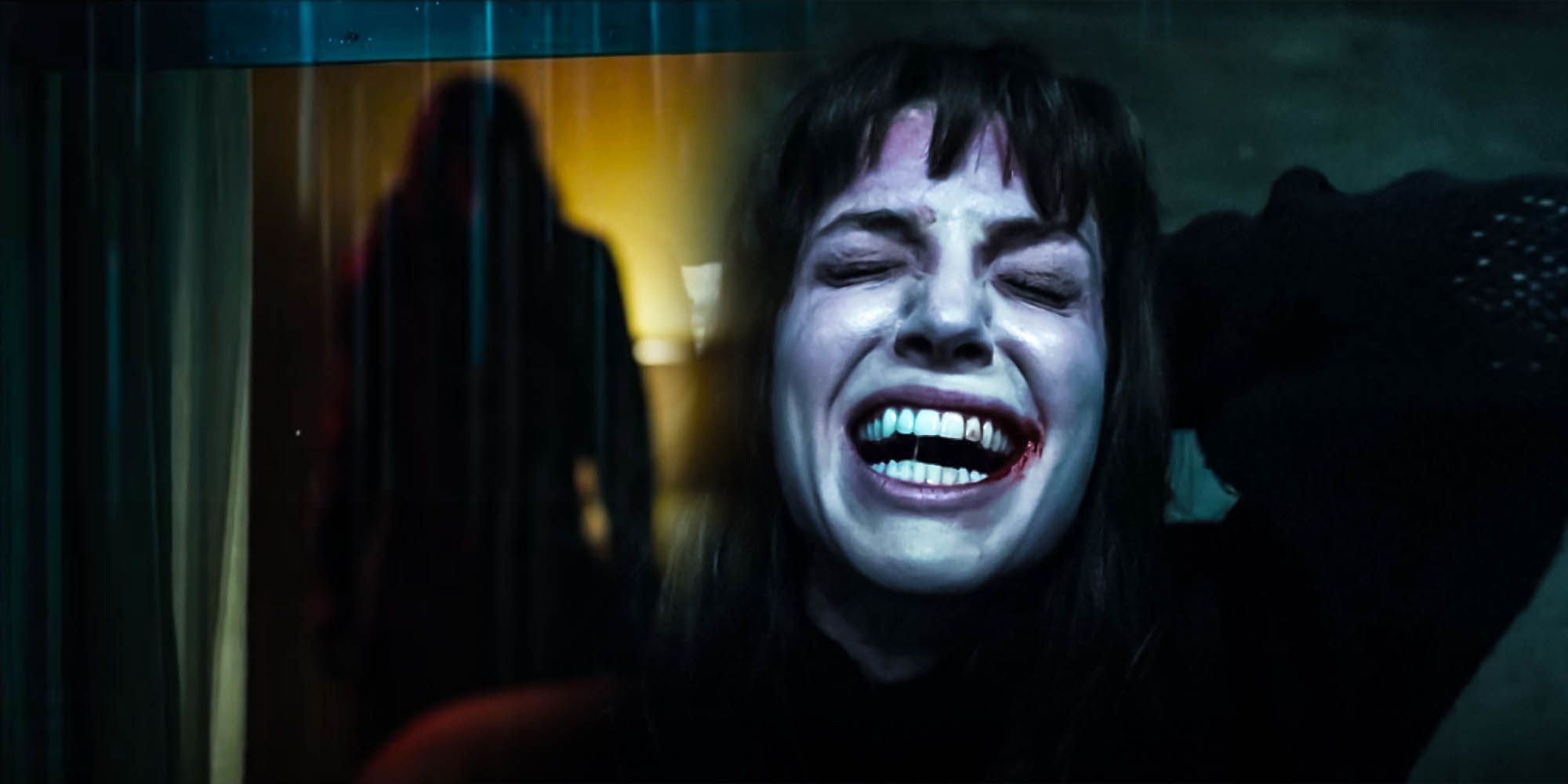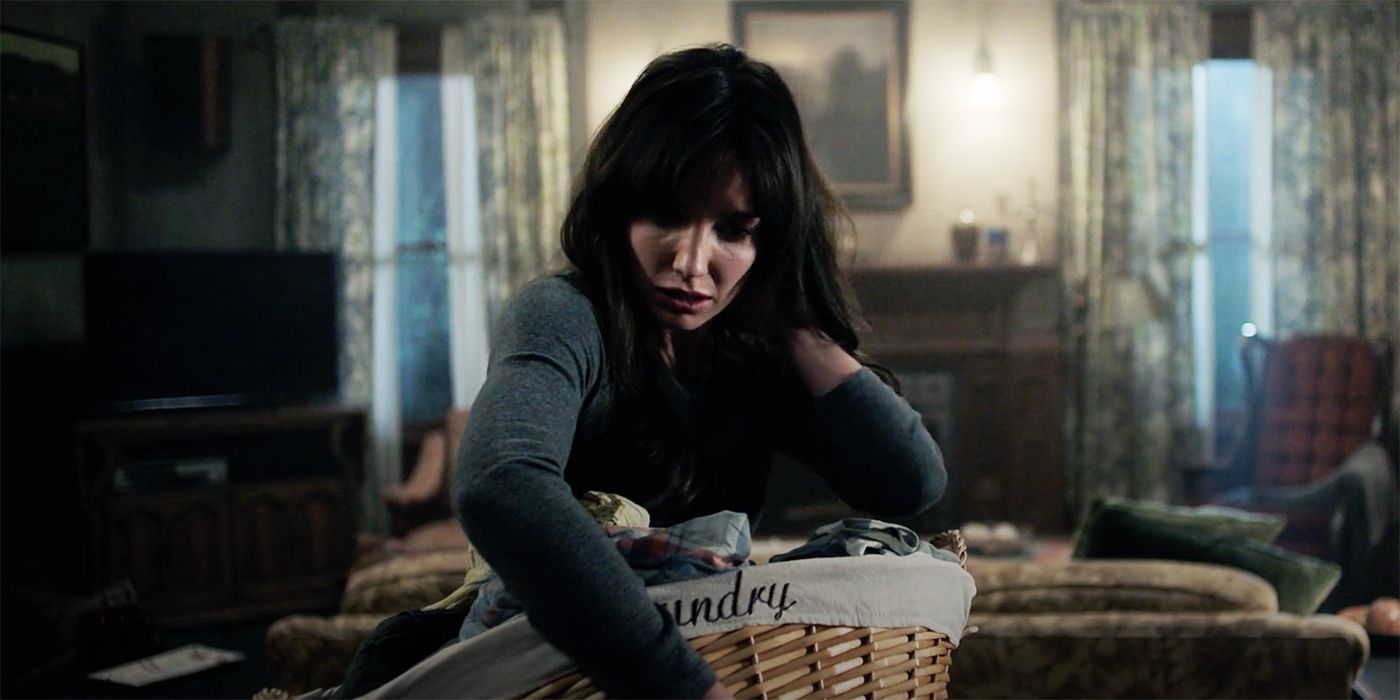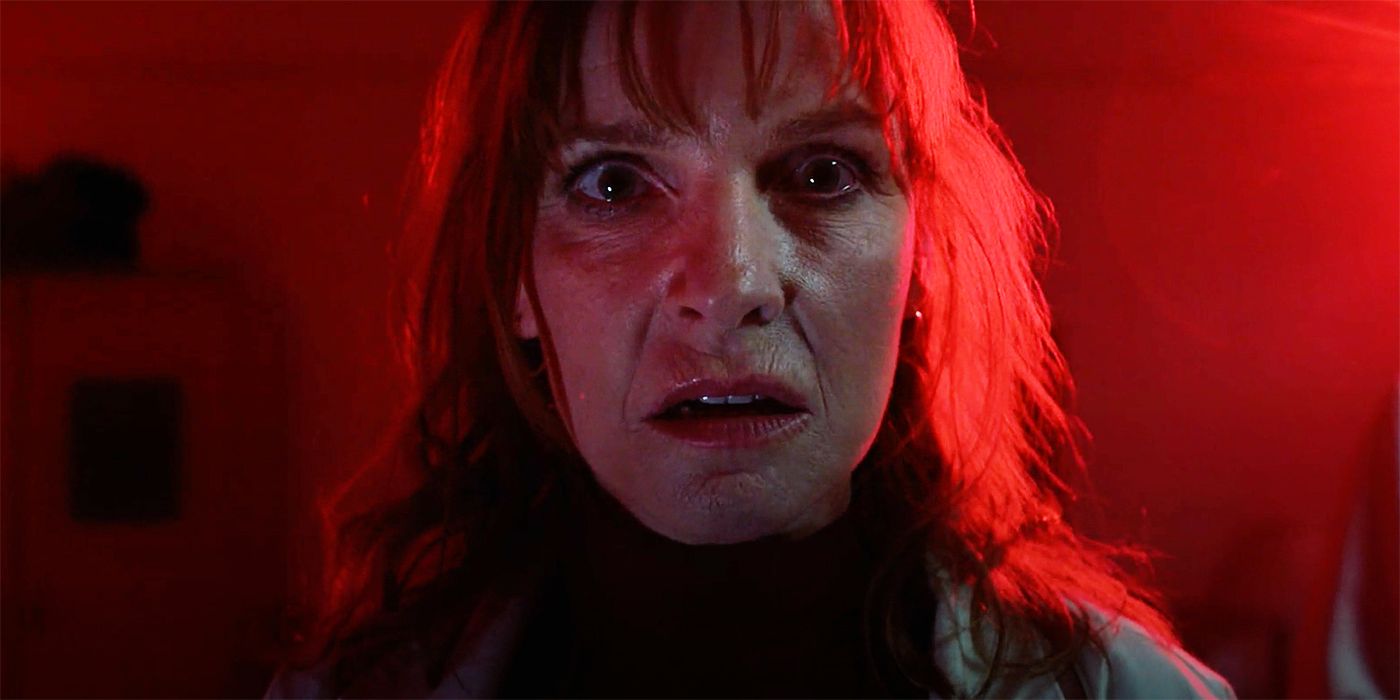James Wan's horror films have always had a certain degree of surprise baked into them, but never on the scale of Malignant - whose twist ending is one of many stylistic flourishes that makes the movie a brilliant addition to his canon. Wan's career began with him rocketing the horror genre in a more exploitative direction with the original Saw, and since then his filmography has veered back and forth between classic vehicles of terror such as Insidious and The Conjuring, as well as larger-than-life blockbuster adventures like Fast and Furious 7 and 2018's Aquaman. Having dipped his toes back into the horror genre for Malignant, Wan will be bouncing back into the world of superheroes and underwater kingdoms with Aquaman and the Lost Kingdom, which promises a new costume for Aquaman himself, new locales, and new threats waiting for the King of Atlantis.
But even with more projects looming on the horizon, Malignant deserves all of the praise it's currently getting, as it's clear that it was a passion project with a singular vision from Wan. Heavily inspired by classic eras of horror (including the candy-colored giallos of the 70s, the grotesque slashers and body horror films of the 80s, and the high-octane horror-thrillers of the late 90s and early 2000s), Malignant follows Madison Mitchell, a young woman and expectant mother who starts having disturbingly realistic visions of a gloved killer committing murders, before realizing that her visions aren't really visions at all. The movie is a sheer delight for horror fans, and even people who aren't big on the genre can find something to appreciate in the movie's technical craftsmanship.
However, the horror-movie-inspired twist in Malignant completely re-contextualizes everything that comes before it, and forces audiences to look at our protagonist and her circumstances in a radically different light. James Wan has always had a perchance for shocking reveals in his films, and with Malignant he might have just written his best one yet.
Why Malignant's Twist Is So Divisive
At the start of the movie, Madison is trapped in an abusive relationship with a boyfriend who is gruesomely murdered by a dark apparition, one who the audience eventually discovers is named "Gabriel." Gabriel goes on to kidnap a seemingly random woman and murders several former doctors from an abandoned children's health institution, all the while taunting Madison about her forgotten past and her former imaginary friend who shares his name. It isn't until that kidnapped woman falls from Madison's attic and she's arrested for her connection to the murders that the truth about parasitic twin Gabriel slowly comes out: Gabriel isn't Madison's imaginary friend, he's a twin who was born attached to the back of her head and was forcibly removed by the staff at the children's hospital that Madison was abandoned at when the two of them were born. After a particularly nasty attack by her ex-boyfriend, Gabriel was re-awoken and kidnapped their biological mother before going on a killing spree using Madison's body as a vehicle.
While many horror fans have fallen in love with the twist and its elaborate execution, many people have been off-put by the movie's sudden jump into another subgenre entirely. A lesser movie would be accused of jumping the shark, and this jarring revelation has been the source of much division regarding the movie's reception. Some people view it as an ode to the visceral twists of horror legends like Brian de Palma and David Cronenberg, while others consider it a huge miss and a plot development that feels like it comes out of left field.
The Twist Is Perfectly Set-Up
Twists in movies usually range from shocking yet satisfying, to woefully underdeveloped, and the major reason why is how well a filmmaker sets up their pockets. Pockets refer to bits of exposition and storytelling devices that prepare both the characters and the audience for a twist later in a movie. The best twists ever use them, from the fact that Norman Bates' mother is never seen on-screen, to George Taylor's foolish assumption that he's landed on a different planet in the original Planet of the Apes. Pockets are how you provide subtle seeds to the audience that all is not what it seems, and without them, you leave viewers totally in the dark as to the fact that there's a startling revelation awaiting them at the end of their experience.
Malignant provides clues to the twist deftly and without overstating their importance. The movie opens with a scene that feels ripped straight from a science-fiction movie, with a team of scientists and doctors being attacked by a horrific creature that we later find out is actually Gabriel attached to Madison. The first time we properly meet Madison, we see her being attacked by her boyfriend, and at first glance, it seems like character and relationship set-up, but in actuality, it's the event that inadvertently wakes up Gabriel. The movie also tells us that Madison has had three miscarriages, a plot point that comes full circle later when Madison's adopted sister Sydney reveals to her that her miscarriages were the result of Gabriel feeding off of his sister to keep himself sustained. While this cult movie's twist is certainly a shock, it lands well because it's been reinforced by all of the writing prior to it, and even in subtle technical cues like the way that "Gabriel" walks and runs during setpieces.
It Embraces The Camp Of The Horror Genre
Now more than ever, the horror genre is going through a renaissance on-screen (driven by movies like Hereditary, The Witch, and even newer outings like this year's The Night House and Candyman) which seeks to juxtapose supernatural and otherworldly terrors with everyday horrors such as grief and institutional oppression. While horror has always explored social commentary, what sets this newer wave apart is a sense of grounding - they feel serious and take themselves seriously. And though there's absolutely nothing wrong with this, horror movies of the 1970s and 1980s reveled in a sense of camp; the films were violent and scary but they were also exaggerated and over-the-top in a way that was befitting of the genre. Compare a movie like the original Suspiria to its 2018 remake: both are good movies, but only the original embraces the campiness found in the horror genre.
Malignant's twist works because the entire movie is drenched in camp - from the bombastic lighting setups to the ham-fisted performances, everything in the film is designed to feel bizarre and almost dreamlike. Even the movie's throwback soundtrack feels tongue-in-cheek like James Wan wants his audience to understand that the movie is also meant to be fun whilst terrifying. The twist reveal of Gabriel would be implausible in another, more serious horror film, but here it manages to shock viewers while also fitting perfectly in the heightened world that's already been laid out for audiences. In a world where a common complaint is that Hollywood has run out of original ideas, Malignant's twist manages to honor the horror classics that have come before it, while also standing out as a rare example of true visionary filmmaking and stylistic integrity.




